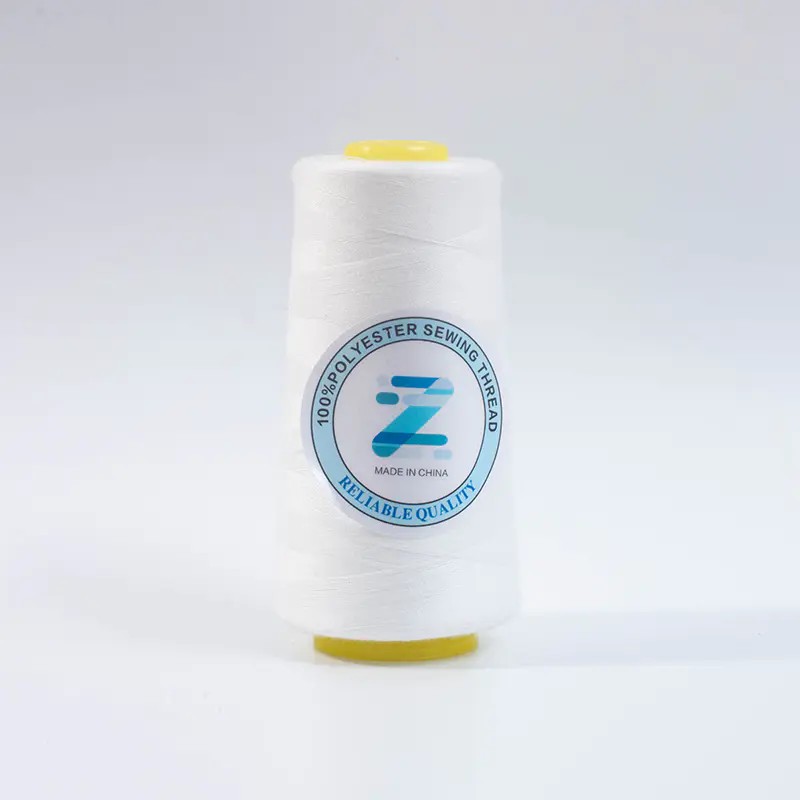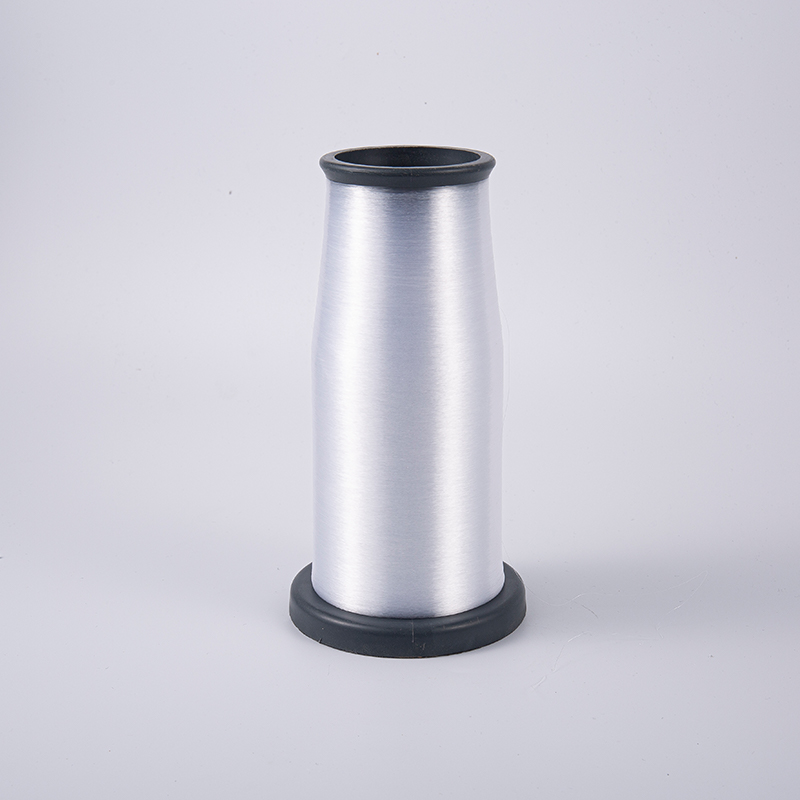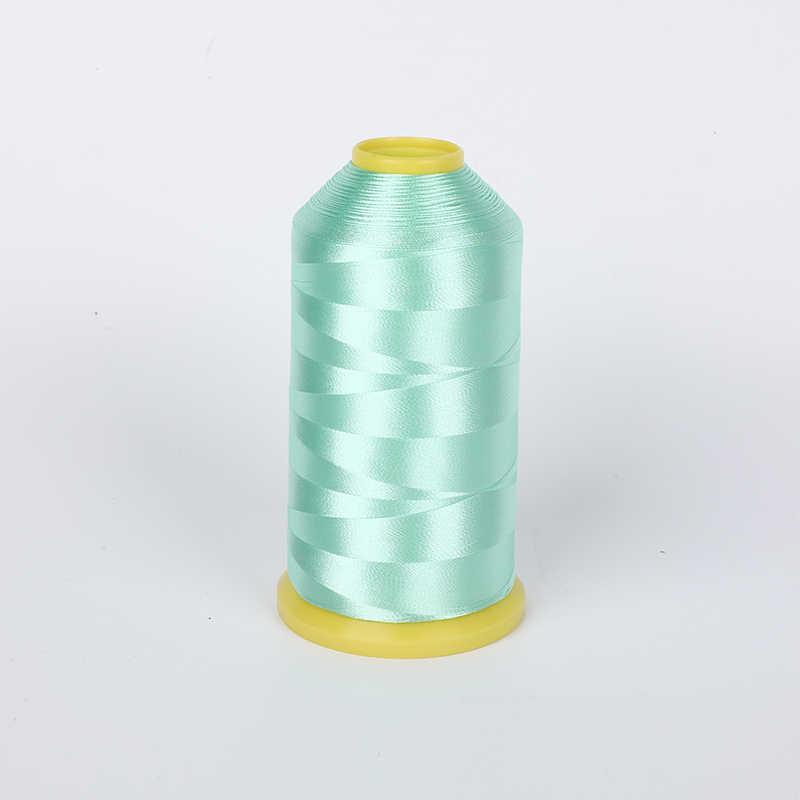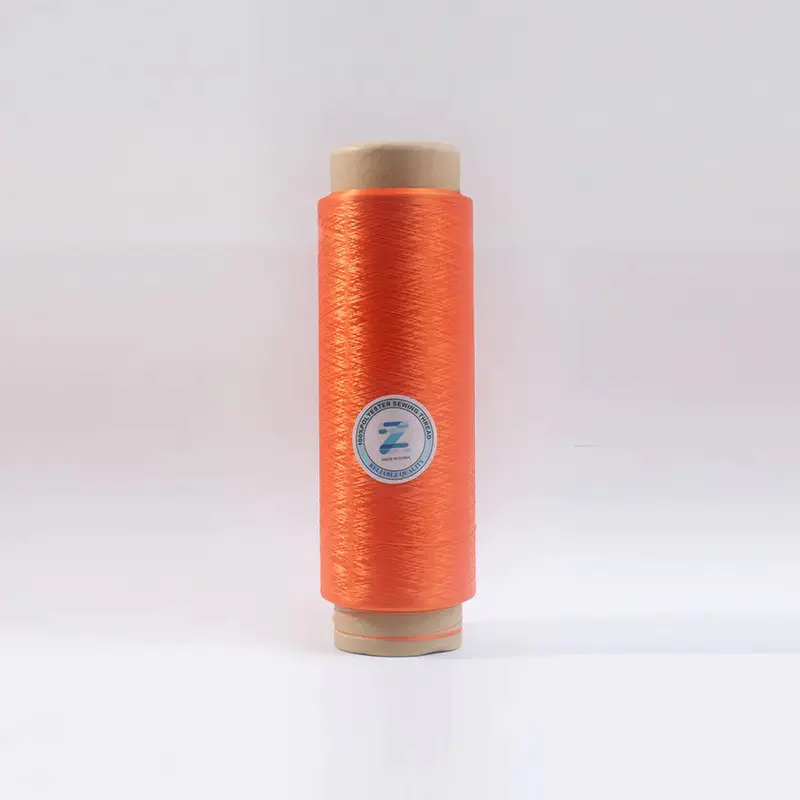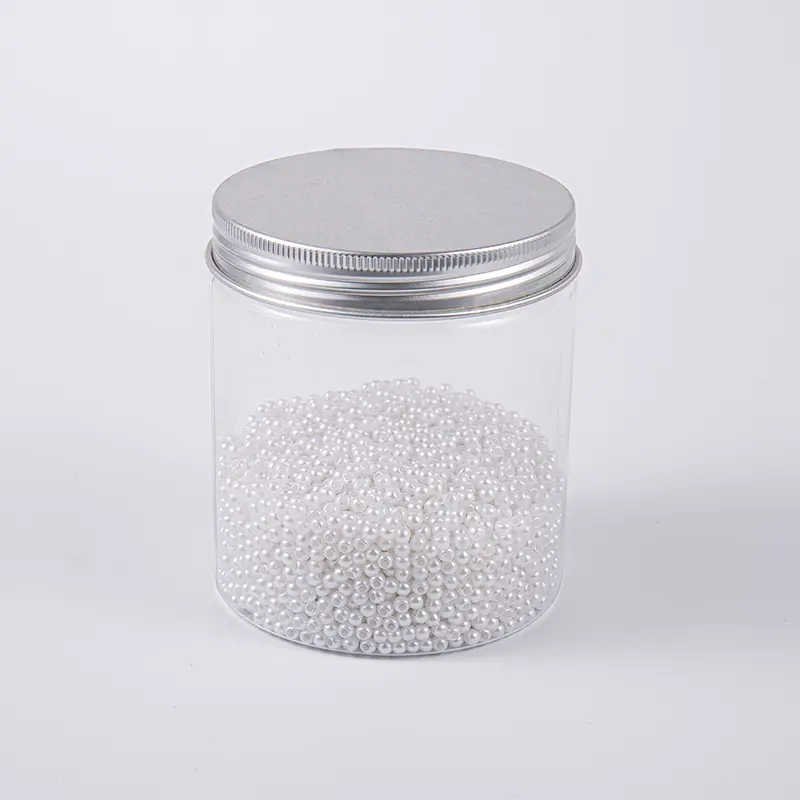Content
- 1 The awakening of environmental awareness drives the transformation of the non-woven fabric market
- 2 Survey data reveals new trends in consumption
- 3 Technological evolution of environmentally friendly non-woven fabrics
- 4 Reshaping the Market Landscape
- 5 Deep analysis of consumer psychology
- 6 Challenges faced by the industry
- 7 Future prospects
The awakening of environmental awareness drives the transformation of the non-woven fabric market
Driven by the global environmental wave, consumers' demand for sustainable products is growing at an unprecedented rate. The latest market research shows that 73% of consumers are willing to pay higher prices for environmentally friendly non-woven products, an increase of nearly 20 percentage points compared to three years ago. This trend is reshaping the market landscape of the non-woven fabric industry, prompting production enterprises to accelerate their transformation towards green manufacturing.
Survey data reveals new trends in consumption
A consumer survey conducted by the internationally renowned market research firm Green Consumer Insights in the fourth quarter of 2023 in the three major markets of North America, Europe, and Asia showed that:
-Price acceptance rate: 73% of respondents accept a premium of 5% -15% for environmentally friendly non-woven fabric products
-Age difference: The premium acceptance rate of the 18-35 age group reaches 82%, significantly higher than other age groups
-Regional differences: European consumers have the strongest environmental awareness, with a premium acceptance rate of 78%
- Product preferences : Medical supplies (65%), shopping bags (58%), and hygiene products (52%) are the most environmentally friendly non-woven fabric categories that consumers are most concerned about
This data indicates that environmental attributes are becoming an important value dimension for non-woven products, "said Zhang Min, Chief Analyst at Green Consumer Insights." Especially among young consumers, sustainability is almost as important as product quality
Technological evolution of environmentally friendly non-woven fabrics
To meet consumer demand, the non-woven fabric industry has made significant progress in environmental protection technology:
1. Raw Material Innovation
-Biobased materials: Increased utilization of renewable raw materials such as polylactic acid (PLA) and bamboo fiber
-Recycled materials: The proportion of PET bottle recycled fiber application is increasing year by year
-Natural fiber: Breakthrough in research and development of biodegradable materials such as cotton and hemp
2. Production process optimization
-Energy saving and emission reduction: New melt blown technology reduces energy consumption by more than 30%
-Water based treatment agent: replacing traditional chemical agents and reducing pollution
-Digital Production: Intelligent Control System Enhances Raw Material Utilization
3. Product Lifecycle Management
-Degradability: Products that naturally degrade within 180 days have been commercialized
-Recycling System: Establish a specialized non-woven fabric recycling network
-Carbon Footprint Tracking: Blockchain Technology for Full Process Traceability
Technological progress has enabled the performance of environmentally friendly non-woven fabrics to approach or even surpass traditional products, "said Li Guimei, Secretary General of the China Industrial Textile Industry Association." The cost gap is also rapidly narrowing, and the current premium has dropped from 30% three years ago to around 15%
Reshaping the Market Landscape
The changes in consumer preferences are profoundly altering the competitive landscape of the non-woven fabric industry
1. Brand strategy adjustment
-International giants such as Berry Global and Freudenberg are increasing their investment in sustainable product lines
-Local enterprises: Steady Medical, Xinlong Holdings and others accelerate the research and development of environmental protection technologies
-New Brand: Rapid Rise of Start up Enterprises with Environmental Protection as the Core Concept
2. Channel change
-E-commerce platform: Set up a dedicated channel for "green non-woven fabric"
-Supermarket Store: Environmentally friendly products get better display positions
-Professional Exhibition: Addition of Sustainable Development Special Exhibition Area
3. Price system reconstruction
-Premium Strategy: The gross profit margin of environmentally friendly products is generally 5-8 percentage points higher
-Scale effect: As production increases, costs continue to decrease
-Policy Incentives: Multiple local governments provide tax incentives for environmentally friendly products
Euromonitor International analyst Wang Liwei believes that "in the next 3-5 years, environmentally friendly non-woven fabrics will complete the transformation from high-end segmentation to mainstream market, and enterprises without sustainable production capacity will face the risk of elimination
Deep analysis of consumer psychology
Why are consumers willing to pay higher prices for eco-friendly non-woven fabrics? The underlying motivations include:
1. Value identification
-Environmental protection concept: 83% of respondents believe that "protecting the environment is everyone's responsibility"
-Social image: 67% hope to demonstrate environmental attitudes through consumer choices
-Next generation considerations: Families with children have a premium acceptance rate 9% higher than the average
2. user's experience
-Safety Perception: Environmentally friendly products are considered healthier and less allergenic
-Quality expectation: 60% of consumers believe that environmentally friendly products have better quality
-Emotional satisfaction: using environmentally friendly products brings positive psychological feedback
3. External influences
-Social media: Discussion volume on environmental protection topics increases by 120% annually
-Opinion leader: KOL promotion significantly influences purchasing decisions
-Peer pressure: Environmental consumption becomes the new social currency
Professor Chen, a psychology expert, pointed out that "environmental consumption has transformed from a simple altruistic behavior to a complex need that combines personal value realization and social identity, and this transformation is long-lasting and profound
Challenges faced by the industry
Despite the broad prospects, the popularization of environmentally friendly non-woven fabrics still faces multiple challenges:
1. Technical bottleneck
-Performance Balance: Some environmentally friendly materials still have shortcomings in strength and breathability
-Production cost: Small scale production leads to high costs
-Lack of standards: The industry lacks a unified environmental certification system
2. Consumer Cognition
-Asymmetric information: 42% of consumers are unable to accurately identify truly environmentally friendly products
-Trust Crisis: There is a "greenwashing" marketing chaos
-Price sensitivity: The acceptance of environmental premiums may decrease during economic downturns
3. Industrial chain collaboration
-Raw material supply: Insufficient production capacity of bio based materials
-Recycling System: Inadequate infrastructure for classified recycling
-International differences : Inconsistent environmental standards across regions increase compliance costs
Breaking through these bottlenecks requires collaborative innovation across the entire industry chain, "suggested Professor Zhao from the Institute of Circular Economy at Tsinghua University." Establishing a complete ecosystem from raw materials, production to recycling is crucial
Future prospects
Based on current trends, industry experts predict that:
1. Short term (1-2 years)
-Product differentiation: Environmental attributes will become the watershed between basic and high-end products
-Certification System: The industry will establish a unified environmental standard certification
-Policy driven: More regions will introduce plastic restriction orders extending to the non-woven fabric industry
2. Mid term (3-5 years)
-Cost convergence: The premium for environmentally friendly products will be reduced to within 5%
-Technological breakthrough: Fully biodegradable non-woven fabric will be commercialized
-Market restructuring: Non environmentally friendly products will retreat to the low-end market
3. Long term (over 5 years)
-Mainstream replacement: Environmentally friendly non-woven fabric will occupy over 80% of the market share
-Circular Economy: Establishing a Comprehensive Recycling and Regeneration System
-Global Standard: Establish internationally unified sustainable development norms



 عربى
عربى
